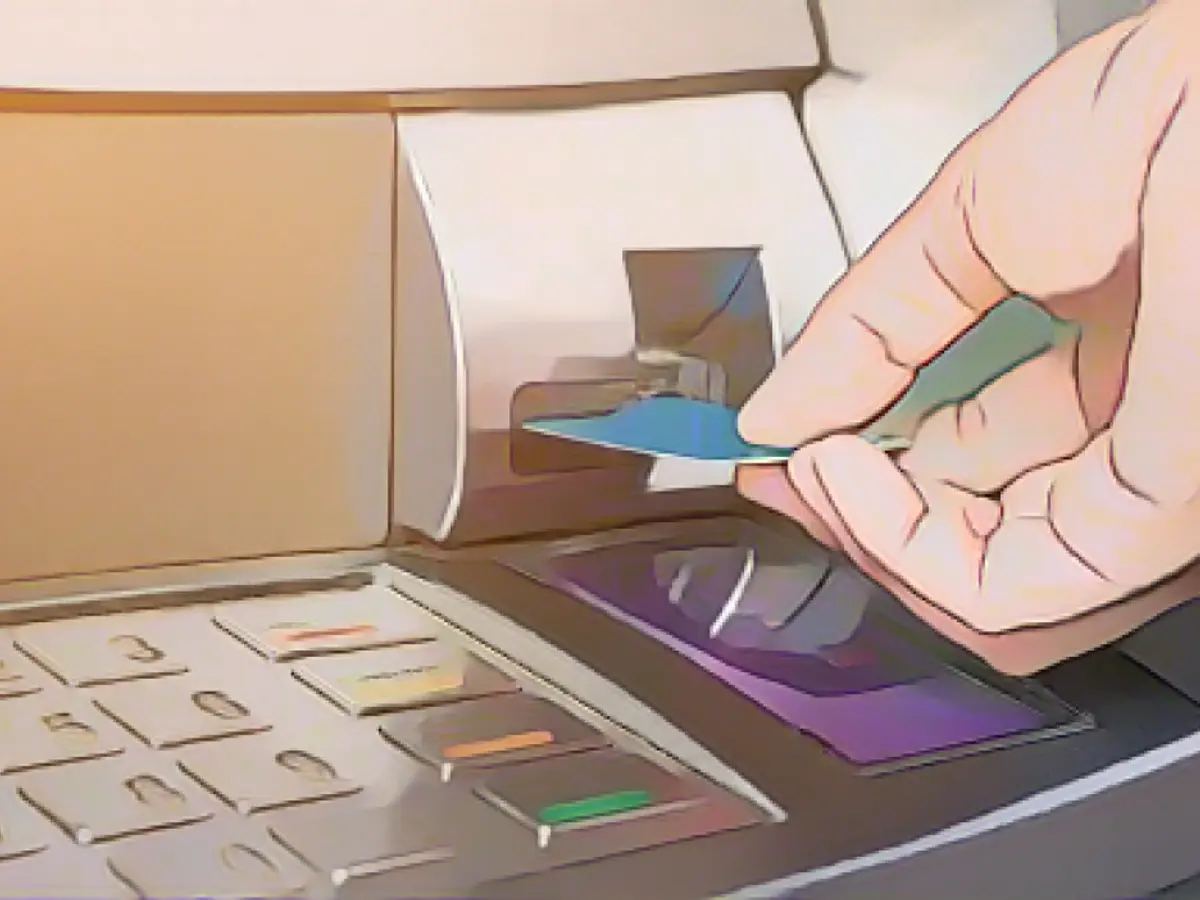Get ready to navigate the ups and downs of your banking experience with ATMs, as they may just throw a wrench in your day. Although physical cash is losing its charm (with fewer than 10% of Americans relying on it as their primary payment method), it still holds its place in emergencies when power outages and network connectivity issues strike. Even if you're not a frequent user, you likely own a debit card connected to your bank account and somewhat depend on it at ATMs.
ATMs are generally trustworthy and secure, but they can also encounter technical hiccups. These situations might not be just an inconvenience; they could potentially drain your wallet or leave your account in disarray. Here's a lowdown on how an ATM can ruin your day and the right strategies to combat them:
When an ATM shorts you on your cash withdrawal
ATMs primarily serve as cash machines connected to your bank account, making cash withdrawals relatively simple: insert your card, enter your PIN, follow on-screen instructions, and select the account and amount you want to withdraw.
In a worst-case scenario, the determined ATM has a bone to pick with you: either it provides no cash or dispenses an excess amount. Although the latter might seem like a reason to celebrate, your bank will eventually catch up, and you may face penalties or an account closure. Regardless of whether you've received no cash or the incorrect amount, you should follow these steps:
- Document the Incident: Immediately record the time, take photos of all on-screen messages, and the receipt (if available). If there are multiple ATMs at the location, note the specific machine you used. Save any other relevant details.
- Report the Issue:
- If you can visit a bank branch, do so right away and inform a bank employee.
- Otherwise, call your bank's customer service immediately and report the problem. Be prepared to fill out necessary paperwork and provide all available information.
Since resolving such errors may take weeks, it's a good idea to plan short-term alternatives.
When an ATM mishandles your deposit
ATMs can also cause headaches when they mess up your deposit, swallowing your cash or checks, displaying incorrect calculations, or charging incorrect fees. These mistakes can lead to a ripple effect, causing late payments, payroll issues, or even medical bill problems. Here's what you should do:
- Manual Check: Double-check your cash count and deposit slip. Surprisingly, many people do not count their cash before depositing, assuming the ATM will do the calculation for them. Some people even neglect to input the check amount. Be diligent and thorough with your validation.
- Record the Incident: Always record the time, location, specific ATM, and the deposit amount. Document every detail to the best of your ability.
- Contact the Bank: Inform the bank (either in person at a branch or by calling their customer service). Ensure they review the surveillance camera footage to verify your presence and the deposit transaction. Banks might not always be willing to invest resources into smaller discrepancies, so be ready to take additional steps.
When an ATM swallows your card
Many ATMs use magnetic stripe readers or contactless technology, while others still rely on mechanical card-reading systems that can suck in your card. These scenarios may ruin your day, but keep calm and respond as follows:
- Contact the Bank: Inform your bank about the problem, either in-person at a branch or by phone. You have two options:
- Apply for a new card: Request your bank to deactivate the consumed card and issue a replacement. This ensures your card cannot be used until your bank recovers it (for instance, when it's returned by the ATM after a few hours). If you visit the bank in person, you may even be able to receive a new card immediately. However, if you need to file the report by phone, you may have to wait up to 7-10 days for a new card. During this time, you'll be without a debit card.
- Request retrieval: Ask your bank to retrieve the consumed card when they conduct regular ATM maintenance. This is a quicker and simpler option but carries a small risk that the ATM will be serviced before it is used again.
When an ATM turns into an unwitting accomplice
While ATMs are generally secure, they remain a primary target for deceptive practices. Several fraud schemes are based on age-old methods that have no relation to the ATM itself. Here are some methods an exploited ATM might employ to complicate your life:
- Skimming and Shimmers: A felon planting a fake card reader (skimmer) or a small device (shimmer) on the ATM could steal your card information and PINs through surreptitious scanning. Be on the lookout for physical inconsistencies in the card reader, such as color, texture, or shape deviations.
- Trap Doors: Burglars can break into an ATM, leaving the deposited cash or card inside and reclaiming it when unsuspecting customers aren't looking. Stay within the ATM area until your transaction is completed, especially when your card is consumed, to ensure documentation of the problem.
- Hidden Cameras: Crooks may install tiny cameras at ATM kiosks to record your PIN as you enter it. You can avoid this by covering the keypad when typing your PIN.
- Fake Assistant: Some thieves may loiter near the ATM, looking for opportunities to assist unsuspecting customers after they finish their transactions. As soon as the customer steps away, they instantly perform transactions on their behalf. This is more common with small, touch-screen ATMs. Always ensure you complete and validate your transactions before leaving the ATM area.
While these scenarios may sound overwhelming, thorough documentation, prompt reporting, and vigilance can help you navigate them successfully. After all, knowledge is power, and having a solid understanding of possible ATM pitfalls equips you with the necessary skills to safeguard your funds.




